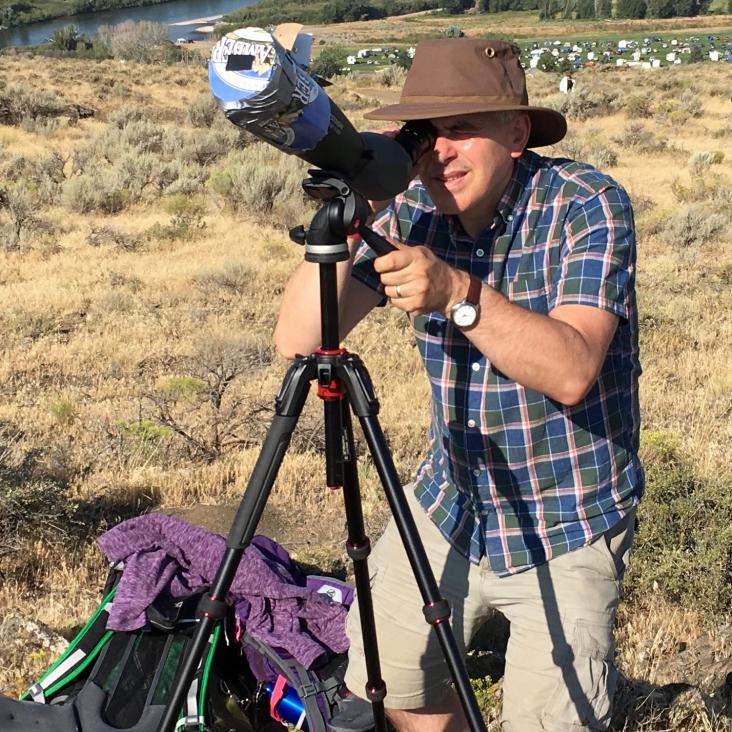Compact broadband planar orthomode transducer
ArXiv 0709.1777 (2007)
Abstract:
We present the design and test results of a compact C-band orthomode transducer which comprises four rectangular probes orthogonally arranged in a circular waveguide, designed to work in the WG13 band. Measurements of the system in the frequency range 4.64 GHz to 7.05 GHz agree very well with simulation results and show a cross-polarisation level below -58 dB, a return loss of about -20 dB, and an insertion loss difference of less than 0.18 dB between the orthogonal polarisation modes across the full waveguide band.Implications of the cosmic background imager polarization data
Astrophysical Journal 660:2 I (2007) 976-987
Abstract:
We present new measurements of the power spectra of the E mode of cosmic microwave background (CMB) polarization, the temperature T, the cross-correlation of E and T, and upper limits on the B mode from 2.5 yr of dedicated Cosmic Background Imager (CBI) observations. Both raw maps and optimal signal images in the (u, v)-plane and the sky plane show strong detections of the E mode (11.7 σ for the EE power spectrum overall) and no detection of the B mode. The power spectra are used to constrain parameters of the flat tilted adiabatic ACDM models: those determined from EE and TE bandpowers agree with those from TT, which is a powerful consistency check. There is little tolerance for shifting polarization peaks from the TT-forecast locations, as measured by the angular sound crossing scale 0 = 100/ls= 1.03 ± 0.02 from EE and TE; compare with 1.044 ± 0.005 with the TT data included. The scope for extra out-of-phase peaks from subdominant isocurvature modes is also curtailed. The EE and TE measurements of CBI, DASI, and BOOMERANG are mutually consistent and, taken together rather than singly, give enced leverage for these tests. © 2007. The American Astronomical Society. All rights reserved.Implications of the Cosmic Background Imager Polarization Data
Astrophys.J. 660 (2007) 976-987
Abstract:
We present new measurements of the power spectra of the E-mode of CMB polarization, the temperature T, the cross-correlation of E and T, and upper limits on the B-mode from 2.5 years of dedicated Cosmic Background Imager (CBI) observations. Both raw maps and optimal signal images in the uv-plane and real space show strong detections of the E-mode (11.7 sigma for the EE power spectrum overall) and no detection of the B-mode. The power spectra are used to constrain parameters of the flat tilted adiabatic Lambda-CDM models: those determined from EE and TE bandpowers agree with those from TT, a powerful consistency check. There is little tolerance for shifting polarization peaks from the TT-forecast locations, as measured by the angular sound crossing scale theta = 100 ell_s = 1.03 +/- 0.02 from EE and TE cf. 1.044 +/- 0.005 with the TT data included. The scope for extra out-of-phase peaks from subdominant isocurvature modes is also curtailed. The EE and TE measurements of CBI, DASI and BOOMERANG are mutually consistent, and, taken together rather than singly, give enhanced leverage for these tests.Implications of the Cosmic Background Imager Polarization Data
\apj 660 (2007) 976-987
A 6-12 GHz analogue lag-correlator for radio interferometry
Astronomy and Astrophysics 464:2 (2007) 795


